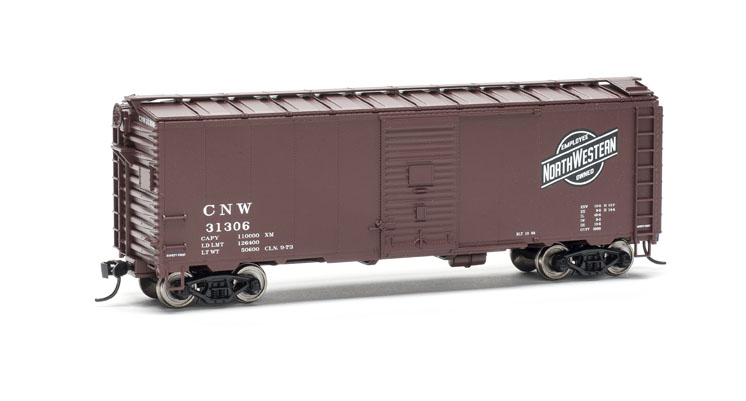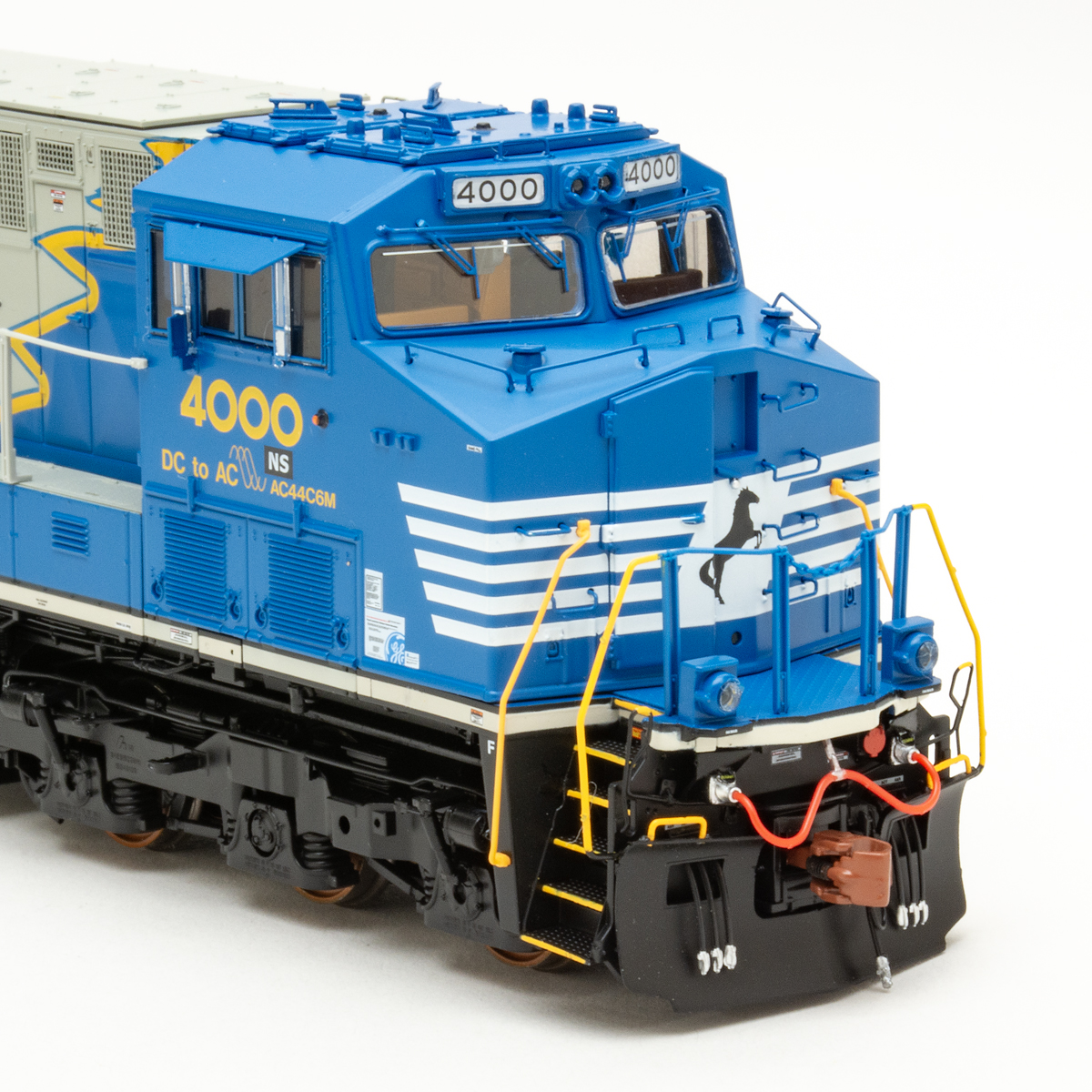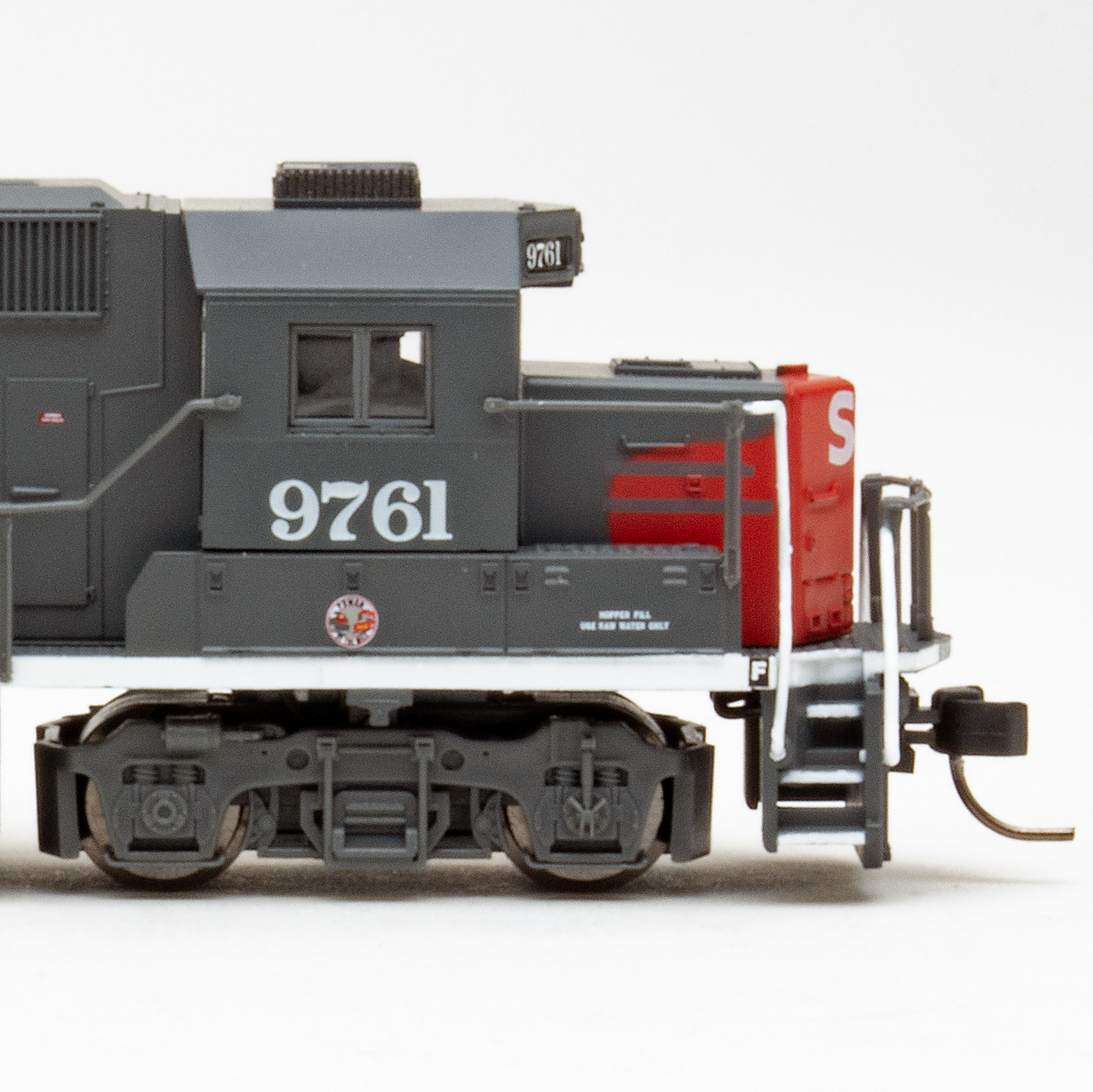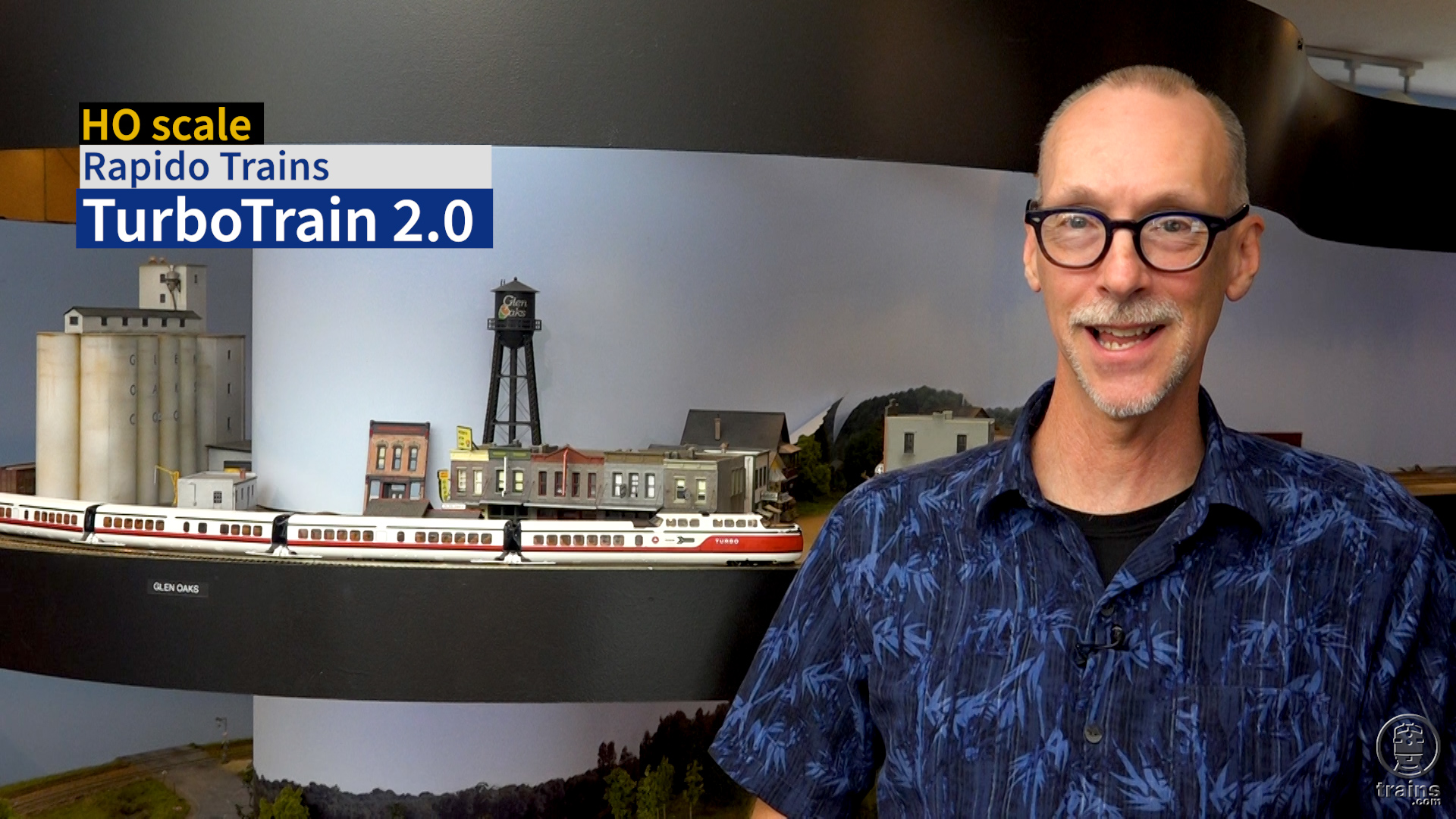Price: $24.98
Manufacturer
Wm. K. Walthers
5601 W. Florist Ave.
Milwaukee, WI 53218
www.walthers.com
Road names: Chicago & North Western; Lehigh Valley; New York, New Haven & Hartford; Soo Line; Southern Ry.; and Union Pacific, two road numbers each. Also available undecorated.
Era: 1937 (as built), 1973 to 1992 (as decorated)
Comments: Walthers has modified its HO scale 40-foot AAR boxcar to suit more prototypes, giving it a wood running board and Dreadnaught ends. The 5-5 corrugated ends mark Walthers’ model as representing a modified 1937 AAR boxcar, with a 10′-6″ interior height. Beyond these details, the cars are nearly identical to the previous WalthersMainline issue [reviewed in the February 2016 Model Railroader. –Ed.].
Our test sample was decorated for the Chicago & North Western. Part of a lot of 501 boxcars numbered 31000 to 31500, boxcar 31306 first appears in the railroad’s roster in 1966, probably due to a renumbering. Along with the rest of its cohort, car 31306 was gone from the roster by 1993.
The car bears a “Blt 10-44” stencil and another indicating a renovation at C&NW’s Clinton, Iowa, shops in 1973. Such a renovation would almost certainly have removed the running board.
The car’s Freight Car Red paint is smooth and evenly applied, and the large black-and-white “Employee Owned” herald matches prototype photos shot in the 1970s. There were no gaps or flaws in the printing, and the lettering was crisp, opaque, and legible. All the dimensions I checked matched those on drawings I found in the 1946 Car Builder’s Cyclopedia (Simmons-Boardman).
The grab irons, ladders, stirrup steps, and tack boards are molded onto the body. The running board, brake wheel, and underframe/brake gear casting are separately applied.
The car weighs 3.7 ounces, which is 0.2 ounce lighter than National Model Railroad Association Recommended Practice 20.1. The model’s blackened metal wheels were in gauge, and rolled freely.
The metal Proto-Max knuckle couplers were mounted at the correct height, but one trip pin drooped slightly low. I was able to fix this easily with a squeeze from a trip-pin plier.
The prototype’s long life means Walthers’ model is a perfect fit for railroads from the late steam era to the late 20th century, especially for layouts where tight curves call for short rolling stock.














